Looking Good for Less: Achieving a Luxurious Wardrobe on a Budget
We're spilling all our secrets on how to build a luxury-looking closet – complete with real budget breakdowns, a quality assessment checklist, and insider tips on when to score the best deals. Shop smarter, not harder!
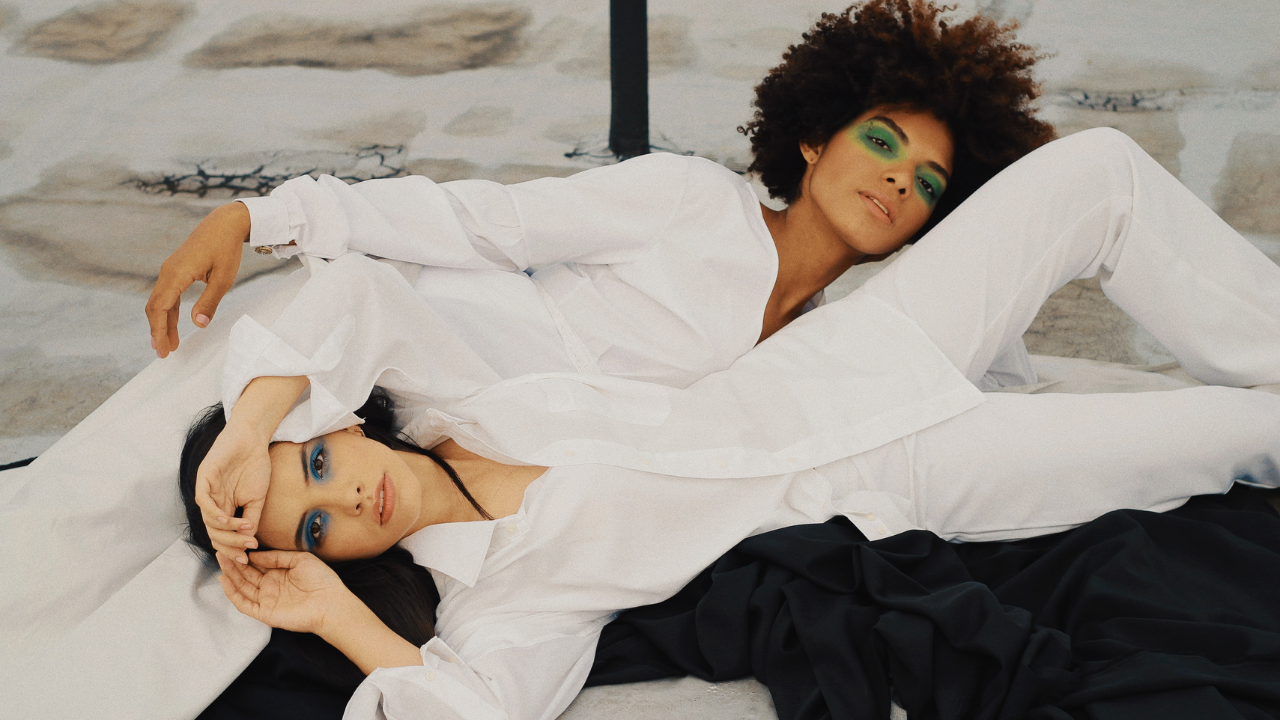
How to Make Your Wardrobe Look Expensive Without Spending a Fortune
Are you ready to upgrade your style but don't want to break the bank? We get it! Building a luxurious wardrobe doesn't have to drain your savings account. With smart planning and strategic shopping, you can create an expensive-looking wardrobe that makes you feel like a million bucks – without spending nearly that much.
The Smart Shopper's Budget Guide
Before we dive into specific tips, let's talk money. Creating a high-end looking wardrobe on a budget starts with smart planning. Here's how to allocate your seasonal fashion budget:
Sample $500 Seasonal Budget Breakdown:
- Statement Piece (e.g., blazer or designer bag): $200-250
- Quality Basics (2-3 pieces): $150
- Trendy Items: $50-75
- Accessories: $25-50
Pro Tip: This breakdown assumes you're building your wardrobe gradually. Adjust these numbers based on your specific needs and current wardrobe gaps.
Wardrobe Budget Calculator
Statement Pieces
Basics
Accessories
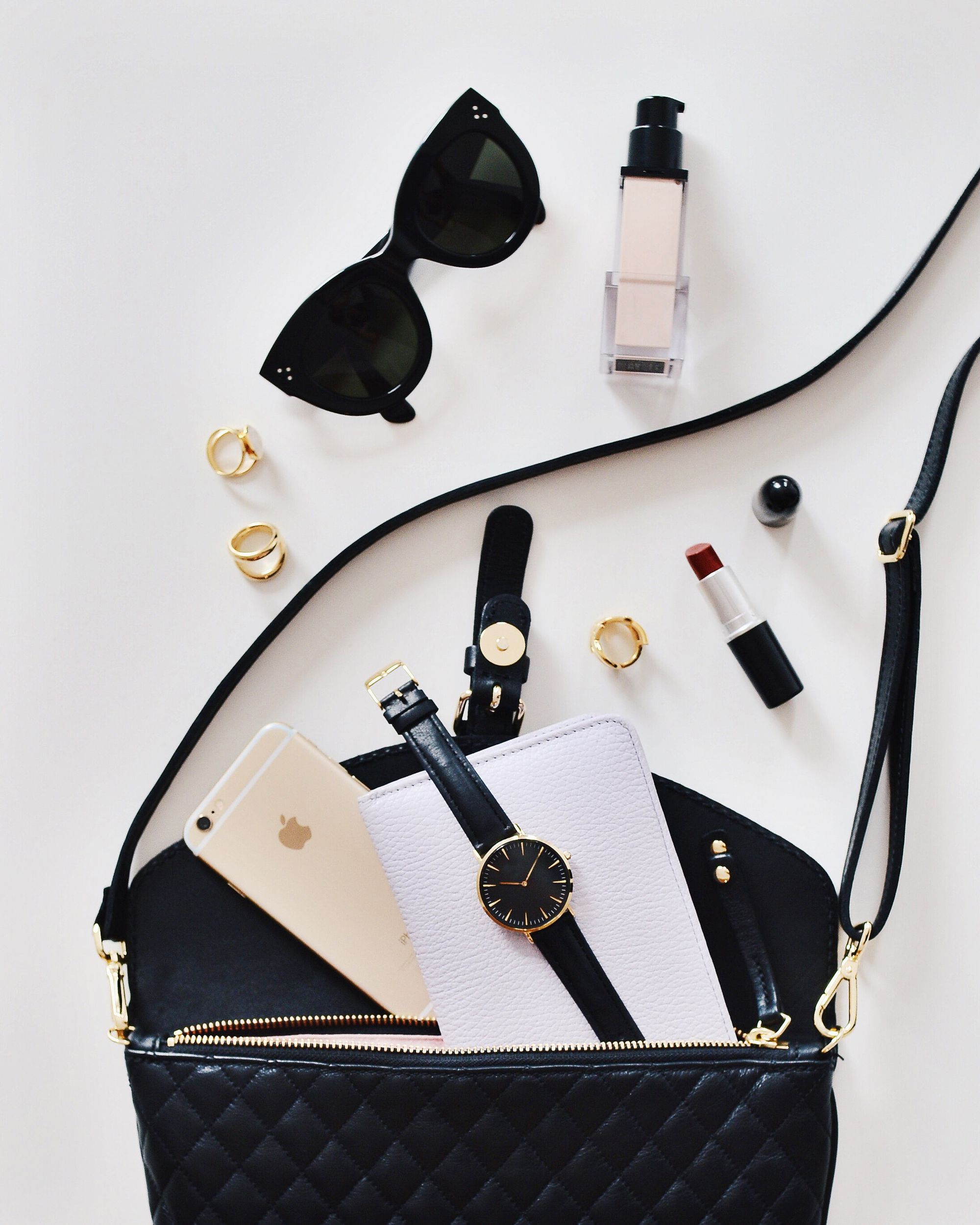
Focus on Statement Pieces
When it comes to achieving a luxurious wardrobe on a budget, selecting the right statement pieces is crucial. Here's your investment piece decision guide:
Worth the Splurge:
- Well-tailored blazer ($150-200)
- Quality leather handbag ($200-300)
- Classic pumps ($100-150)
- Leather jacket ($200-400)
Price-Per-Wear Breakdown Example: A $200 blazer worn twice a week for a year = $1.92 per wear. Compare this to a $30 fast-fashion blazer that loses shape after 3 months!
Quality Assessment Checklist:
Before investing in any piece, ask yourself:
- ✓ Does it match at least 3 items I already own?
- ✓ Will I wear it at least 30 times?
- ✓ Are the seams straight and strong?
- ✓ Does it maintain shape after stretching?
- ✓ Are the buttons securely attached?
- ✓ Does it feel substantial for its type?
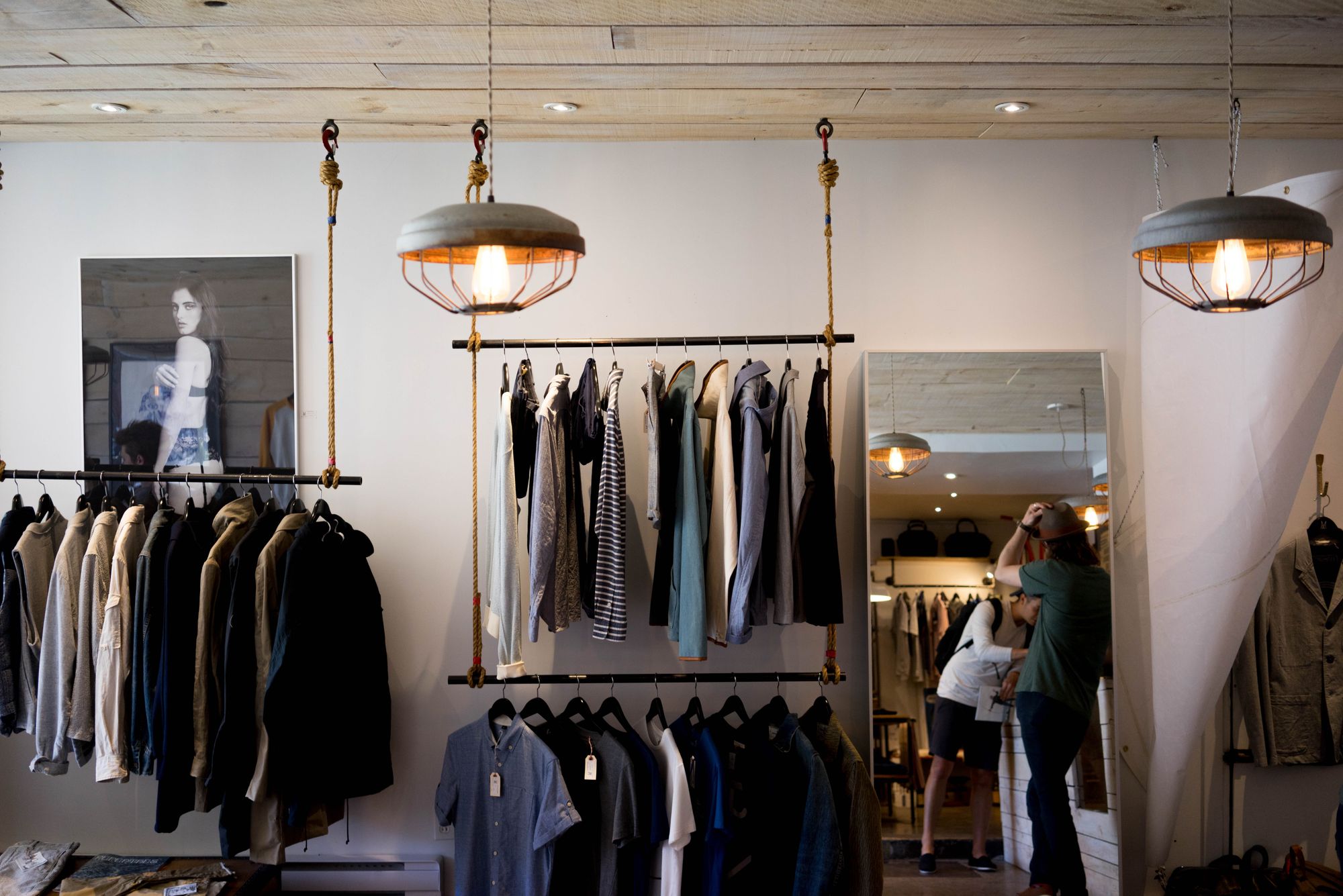
Shop Secondhand and Sales
Smart shopping isn't just about knowing WHAT to buy – it's about knowing WHEN and WHERE to buy it.
Best Times to Buy:
- Winter coats: February (50-70% off)
- Summer dresses: September (40-60% off)
- Designer bags: December/July (end-of-season sales)
- Boots: March/April (clearance season)
Top Secondhand Shopping Platforms:
- ThredUp
- Best for: Everyday designer brands
- Pro Tip: Filter by "New with Tags" for best deals on unused items
- The RealReal
- Best for: Authenticated luxury items
- Pro Tip: Shop end-of-month sales for additional 20-30% off
- Poshmark
- Best for: Negotiating prices
- Pro Tip: Bundle items from the same seller for bigger discounts
Authenticating Luxury Items:
- Check for authentication cards and original packaging
- Verify serial numbers through brand websites
- Look for quality hardware and consistent stitching
- Research seller ratings and reviews
- When in doubt, use authentication services for expensive purchases
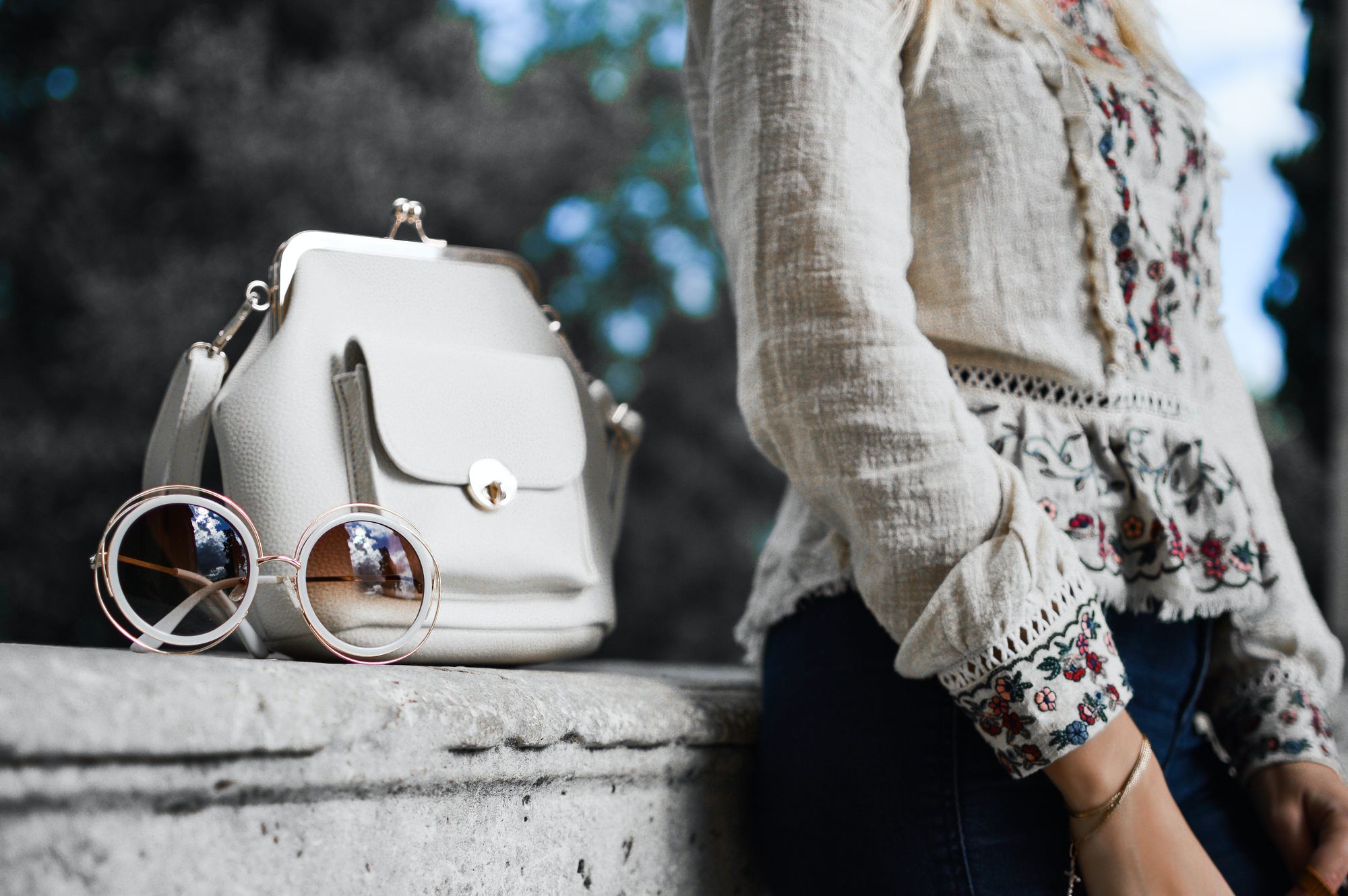
Accessorize Wisely
Accessories can make or break an outfit, so choosing wisely is essential. Here's how to maximize your accessory budget:
Investment-Worthy Accessories:
- Classic pearl studs ($50-75)
- Timeless watch ($100-150)
- Leather belt ($40-60)
- Quality sunglasses ($80-120)
Styling Tip: One well-chosen accessory can elevate an entire outfit. A classic white t-shirt and jeans paired with a quality leather belt and designer sunglasses instantly looks polished and expensive.
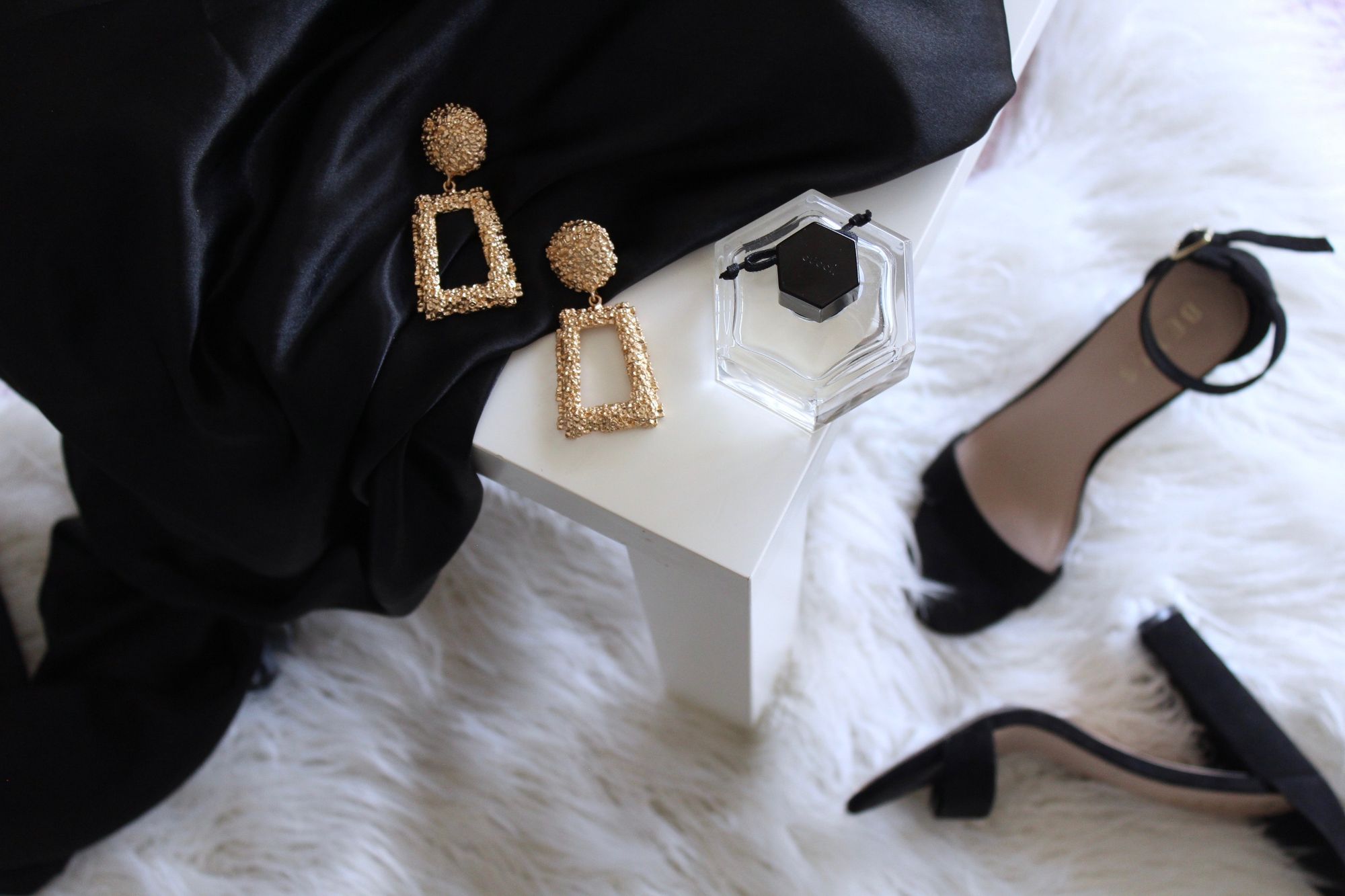
Making It All Work Together
Remember, achieving a luxurious wardrobe on a budget is a marathon, not a sprint. Take your time building your collection, and always prioritize quality over quantity. Use these tips and tools to make informed decisions about your purchases, and you'll be amazed at how quickly your wardrobe transforms.
Your Next Steps:
- Assess your current wardrobe and identify gaps
- Create your seasonal budget using our breakdown
- Make a prioritized shopping list
- Research best buying times for your priority items
- Start following your favorite brands on secondhand platforms
With these strategies and tools in hand, you're well-equipped to build a wardrobe that looks expensive without the expensive price tag. Remember: style is about how you wear it, not how much you spent on it!





